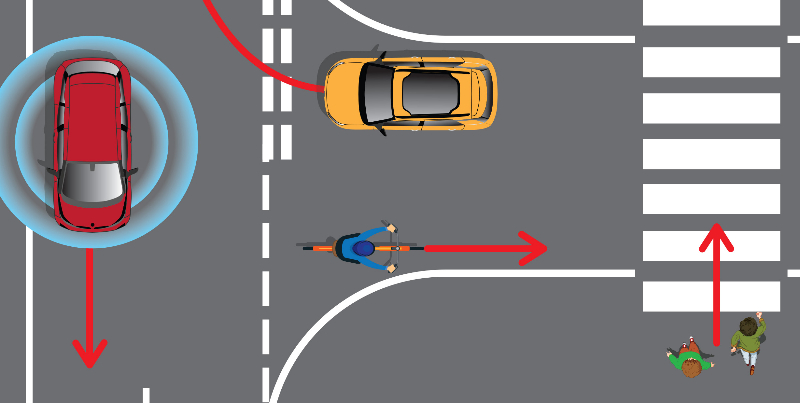Infrastructure developments
Physical
Roads that cars can read - New report tackles the transition to automated vehicles
Tens of millions of deaths and serious injuries have taken place on the world’s roads in recent decades: we have cruel statistical knowledge of how and where people are killed and maimed today. This paper takes our knowledge of these crash types and frequencies and considers how each might change as increasingly-automated vehicles enter the fleet. It paints a picture and provides a first estimate of how total serious trauma might reduce.
How Tech Giants, the Internet, and Autonomous Cars Will Fix Roads - Smart Pavement Makes Roads Pay for Themselves
Roads built in factories in sections that are assembled on-site like Lego blocks could provide a solution to multiple problems. They have the potential to be a better, faster, cheaper construction method that lasts twice as long, builds in half the time, and lowers operations and maintenance expenses by more than half over the life of the roadway. Inside each pavement slab, fiber optic sensing cables make the road “touch sensitive” like a massive trackpad, except instead of looking for fingers it's looking for tires.
Click here to read the full story.

Communications
How 5G connectivity and new technology could pave the way for self-driving cars
C-V2X enables vehicles to communicate, which should reduce accidents and aid autonomous driving. How much safer, smoother, and more efficient could driving be if cars could communicate with traffic lights while approaching an intersection, get alerted to jaywalking pedestrians, or talk to each other while roaring down the highway at 65 miles per hour? A peer-to-peer wireless technology called C-V2X can warn vehicles about obstacles that cameras and radars might not catch, connecting them to their surroundings in a way that could eventually help them drive themselves.

Digital
HD maps – the key to autonomous driving success?
By working with existing vehicle sensors, a HD map can extend a driverless car's line of sight beyond the next corner, writes Celeste Dooley.
HD maps enable vehicles to see beyond the driver’s field of view, providing an accurate representation of the road ahead and information on the surrounding environment. Though not limited to use only within autonomous vehicles, this technology will be particularly beneficial to vehicles with automated features. In fact, HD map information could be critical to their success.
Click here to read the full article.

